-
1
- #1
ThermoCrust
Civil/Environmental
- Apr 2, 2023
- 1
Good Afternoon!
I am not an engineer. I provide information to engineers, surveyors, project managers, and individual clients through drone services in the form of live-stream monitoring, photogrammetry, and LiDAR services.
I was on a job where I provided all of my aforementioned services to the client for their construction project. Based upon on-site observations, reviewed video footage and photos taken the next morning I felt this final product was worse than what I had observed in the past. I don't pretend to play engineer or know the ins and outs of setting anchor bolts but I was curious to find a resource that highlights the acceptable methods of setting anchor bolts for my own professional and personal development.
Here's the footage I captured for your viewing pleasure. The property owner has me scheduled to meet with them and their engineer and structural inspector to go over the footage on Tuesday, I would like to mark the various questionable methods used in the video to help expedite our review time together. Thank you!
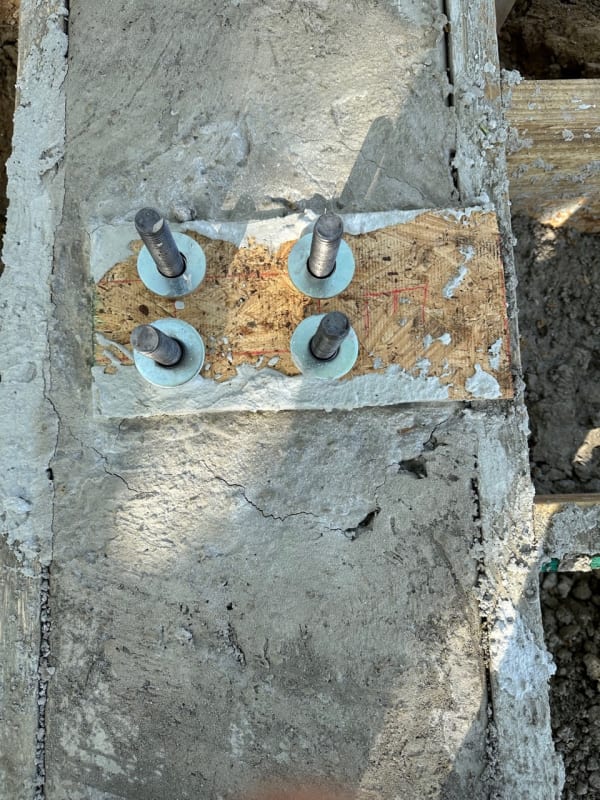
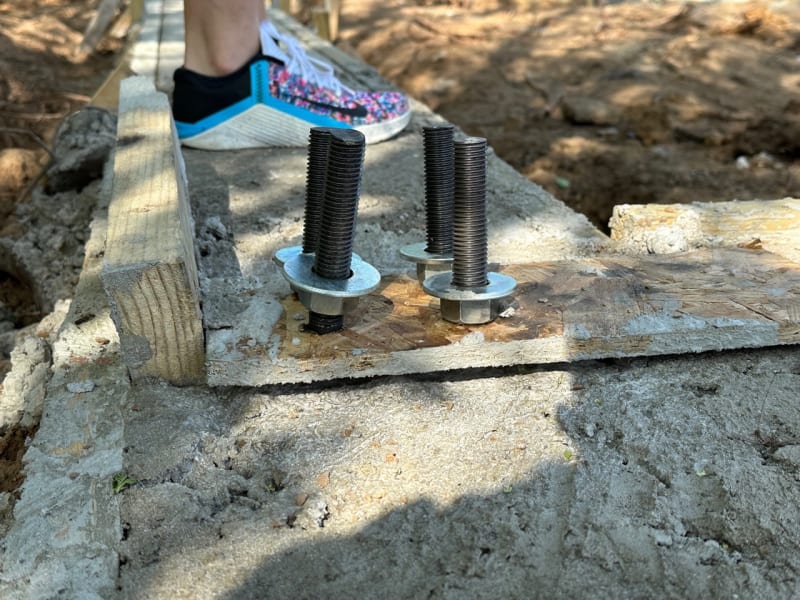
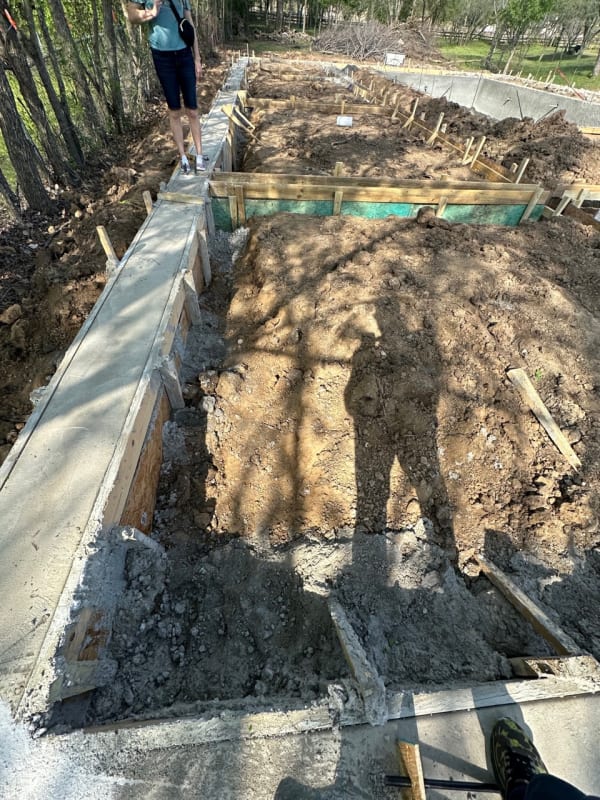
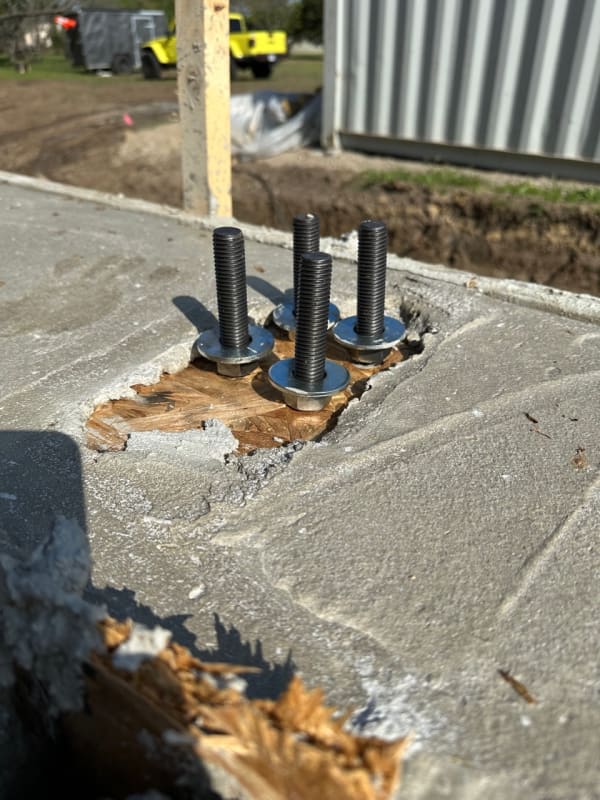
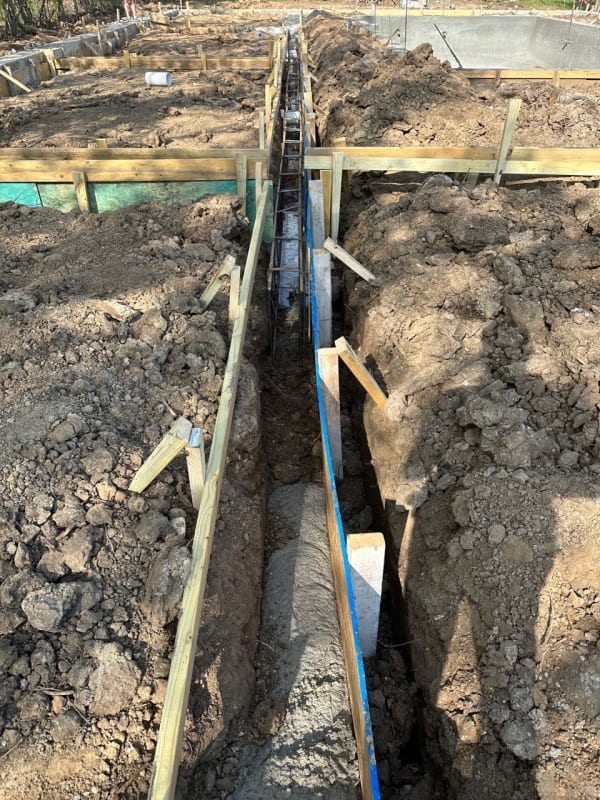
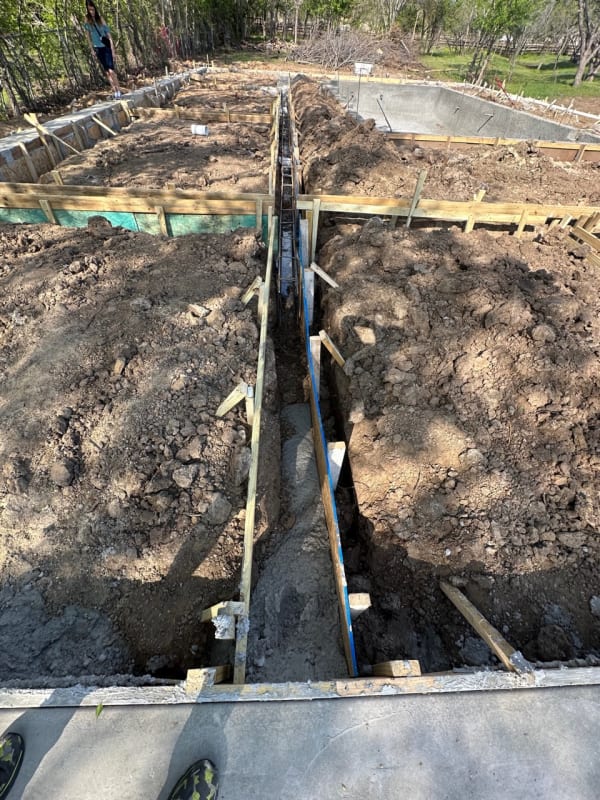
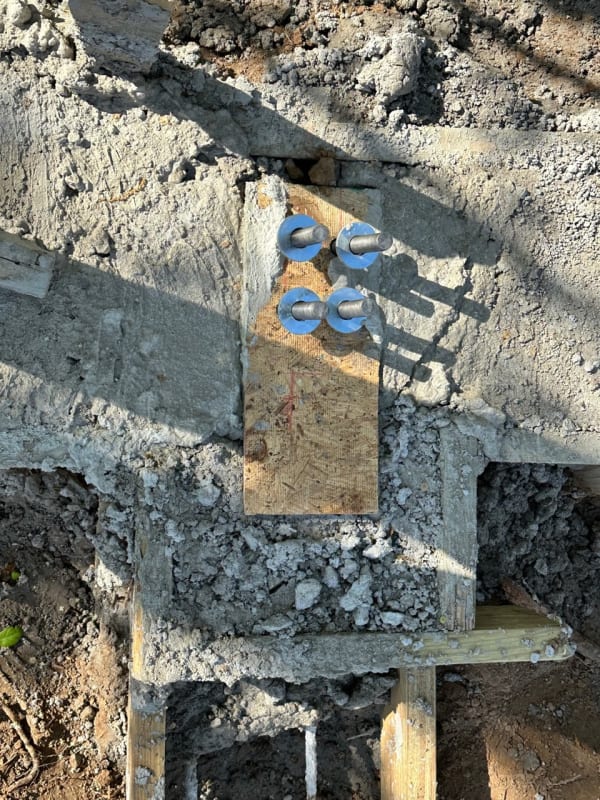
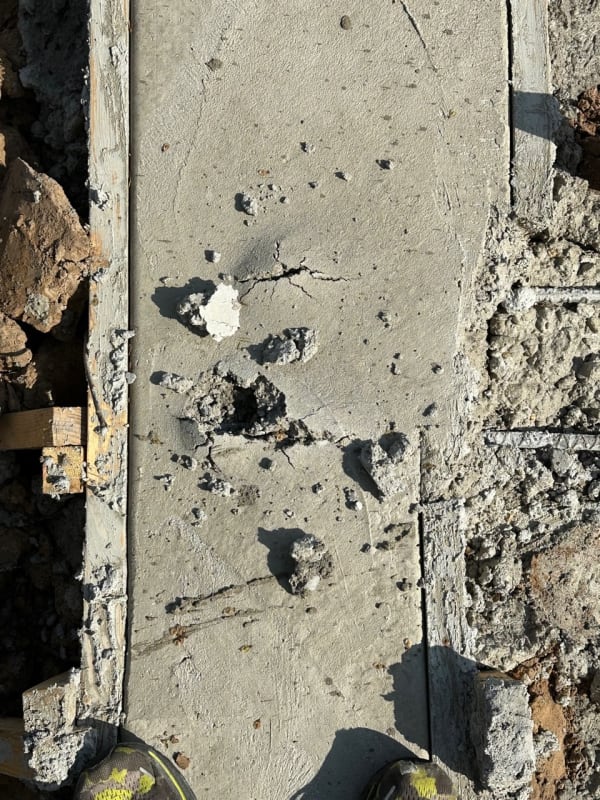


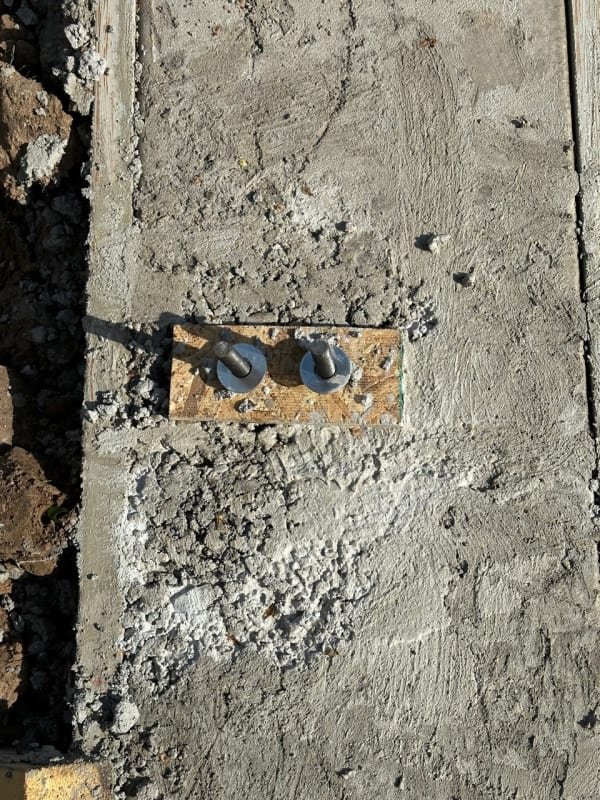
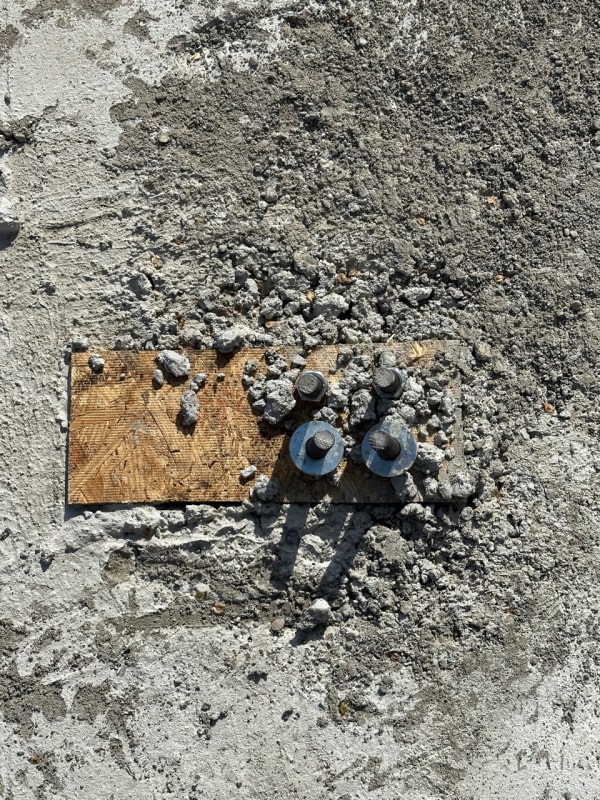
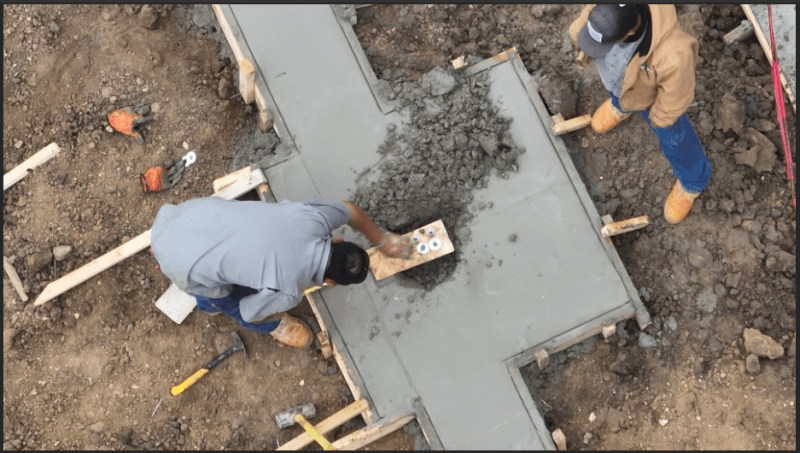
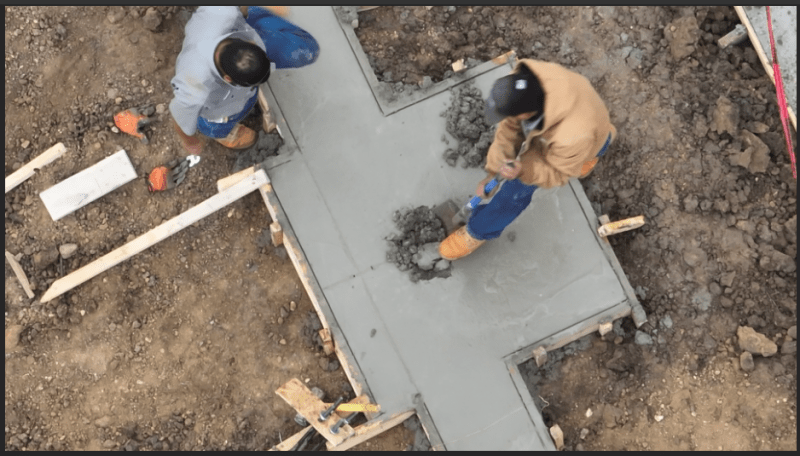
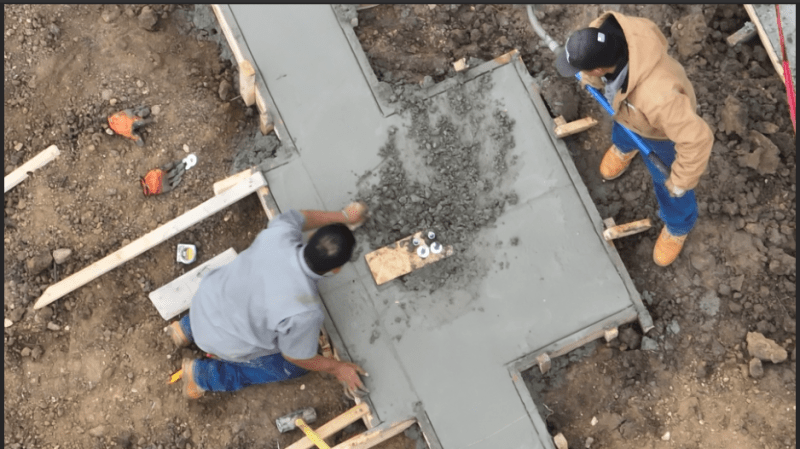
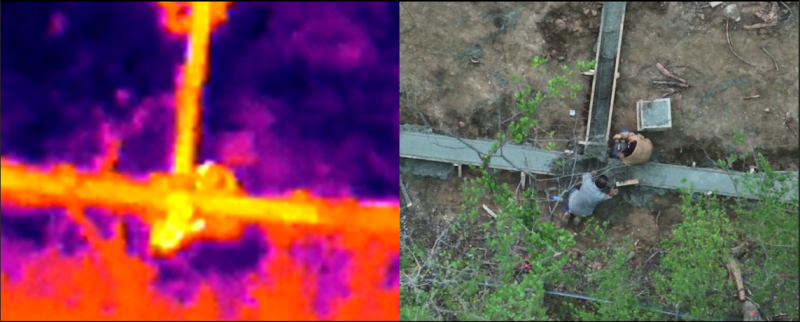
I am not an engineer. I provide information to engineers, surveyors, project managers, and individual clients through drone services in the form of live-stream monitoring, photogrammetry, and LiDAR services.
I was on a job where I provided all of my aforementioned services to the client for their construction project. Based upon on-site observations, reviewed video footage and photos taken the next morning I felt this final product was worse than what I had observed in the past. I don't pretend to play engineer or know the ins and outs of setting anchor bolts but I was curious to find a resource that highlights the acceptable methods of setting anchor bolts for my own professional and personal development.
Here's the footage I captured for your viewing pleasure. The property owner has me scheduled to meet with them and their engineer and structural inspector to go over the footage on Tuesday, I would like to mark the various questionable methods used in the video to help expedite our review time together. Thank you!
















